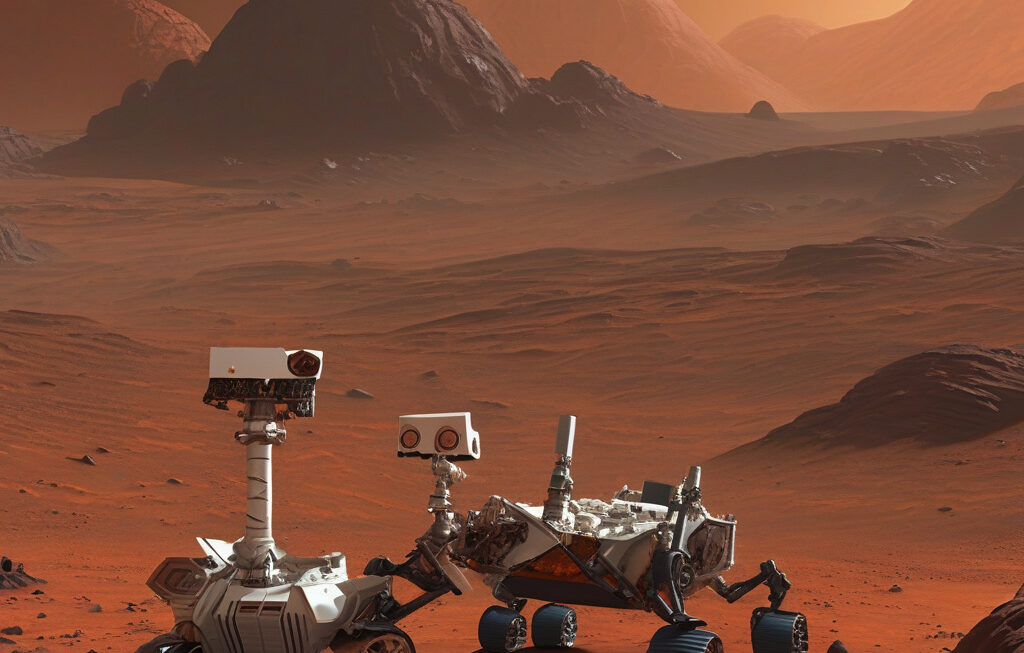Gravity-sensing NASA probe may reveal exoplanet interiors with 100x precision
A new space probe could soon transform how we study distant planets without ever landing. NASA’s upcoming mission, named the Gravity Recovery and Climate Experiment Follow-On (GRACE-FO), is set to revolutionize our understanding of exoplanet interiors. By utilizing advanced technology to measure gravitational forces with unprecedented accuracy, scientists hope to gain insight into the composition and structure of planets located light-years away from our own solar system.
The ability to peer beneath the surface of exoplanets is crucial for astronomers and planetary scientists. While telescopes can provide valuable information about a planet’s size, orbit, and atmospheric conditions, they offer limited data on what lies beneath the planet’s outer layers. Understanding the interior composition of exoplanets is essential for unraveling their formation, evolution, and habitability.
GRACE-FO, scheduled for launch in the near future, will build upon the success of its predecessor, the original GRACE mission. The new probe consists of two identical satellites flying in tandem around Earth, precisely measuring the distance between them. Variations in this distance are caused by variations in Earth’s gravitational field, which, in turn, are influenced by the planet’s geology, ice distribution, and other factors.
By applying this technology to exoplanets, scientists aim to detect tiny changes in a planet’s gravitational field as it interacts with its moons, rings, and neighboring planets. These subtle gravitational variations can reveal valuable information about the planet’s internal structure, such as the presence of dense core materials, subsurface oceans, or even tectonic activity.
What sets GRACE-FO apart is its unparalleled precision. Scientists anticipate that the probe will be able to measure gravitational forces on exoplanets with 100 times the accuracy of current methods. This leap in precision could unlock a treasure trove of data, allowing researchers to create detailed models of exoplanet interiors with unprecedented clarity.
One of the key objectives of the GRACE-FO mission is to study super-Earths, a class of exoplanets that are larger and more massive than Earth but smaller than gas giants like Neptune. Super-Earths are believed to be common in our galaxy, yet their internal composition remains largely unknown. By analyzing the gravitational signals of these planets, scientists hope to determine whether they have rocky surfaces, liquid oceans, or thick atmospheres.
In addition to probing exoplanet interiors, GRACE-FO will also contribute to our understanding of planetary formation and evolution. By studying how gravitational forces shape the surfaces and interiors of distant worlds, scientists can gain insights into the processes that have shaped our own solar system over billions of years.
The implications of this research extend far beyond the realm of astronomy. Understanding the diversity of exoplanets and their potential for hosting life is not only a scientific endeavor but also a philosophical one. The discovery of habitable worlds beyond our solar system could fundamentally alter our perception of humanity’s place in the universe.
As we await the launch of GRACE-FO and the groundbreaking discoveries it promises to deliver, one thing is clear: the golden age of exoplanetary science is upon us. By harnessing the power of gravity-sensing technology, we are on the brink of unraveling the mysteries of distant worlds with unprecedented precision.
#NASA #GRACE-FO #exoplanets #spaceexploration #astronomy












